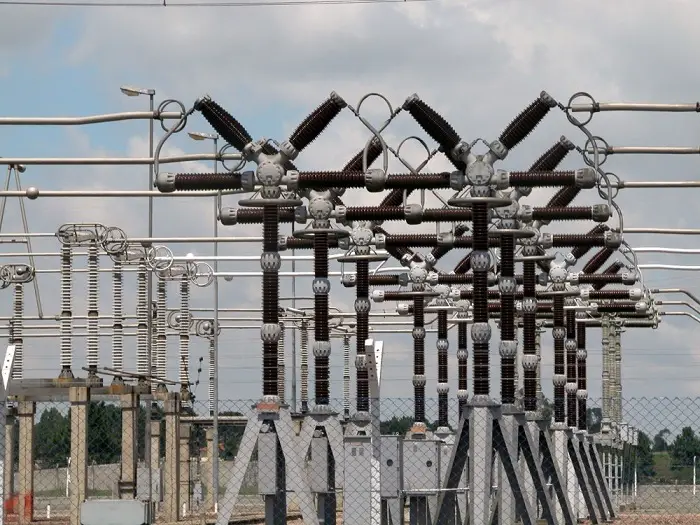The Nigerian government is planning to generate 3,000MW of electricity by the year 2020. The plan includes 10, 000 mini-grids which will energize under served off-grid communities across the country.
The Managing Director, Rural Electrification Agency (REA), Mrs Damilola Ogunbiyi disclosed this at the on-going energy conference on Mini Grid in Abuja. According to Mrs Ogunbiyi, the agency is securing US $350m from the World Bank to serve the purpose of rural electrification. Furthermore, US $150m will go into funding the mini grid projects.
Key mini grid projects will ideally serve 200,000 households and 50,000 local enterprises across Niger, Plateau, Kaduna and Rivers states. This is courtesy of the World Bank’s Nigeria Electrification Project (NEP) to be implemented by REA after its approval in April 2018.
Presently, 50% of the Nigeria’s 180m population is yet to access electricity from the grid. However, mini grids involving private sector participation will energize this percentage.
Strategies in play
According to Mrs. Ogunbiyi, Nigerian businesses spend US $112m every year to generate unstained electricity. To reduce that, REA is working with the private sector to provide off grid power supply strategies for the next five years starting from 2015. She further added that there is a potential for US $25.2m from Solar Home Systems (SHS) and mini grid systems. That, of course, is if investors are able to provide clean electricity to the unconnected Nigerians.
The Minister of Power, Works and Housing, Mr Babatunde Fashola in his address said the conference is most appropriate. This is because the Nigerian Electricity Regulatory Commission (NERC) recently signed the mini grid regulation to accelerate the electrification of rural areas that are far from grid using renewable energy sources.
The Nigeria Country Director of World Bank, Mr Rachid Benmessaoud also mentioned that about 1bn people lack access to electricity globally. From this, 600m are in sub-Saharan Africa and 80m of them in Nigeria.

